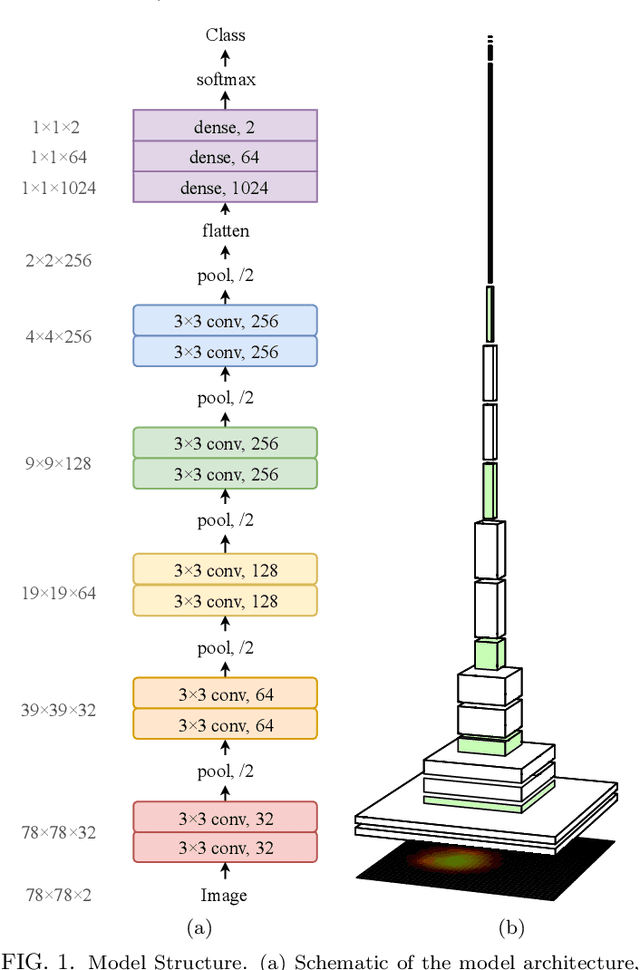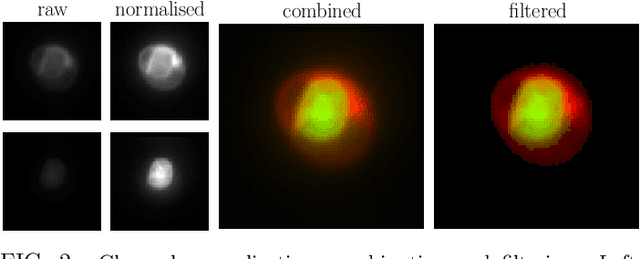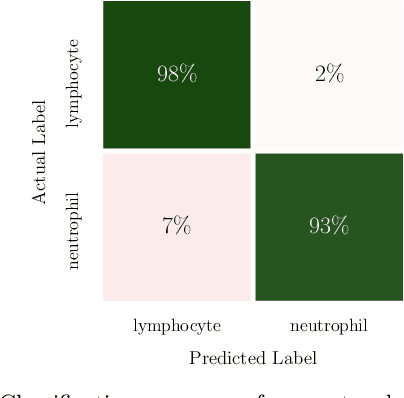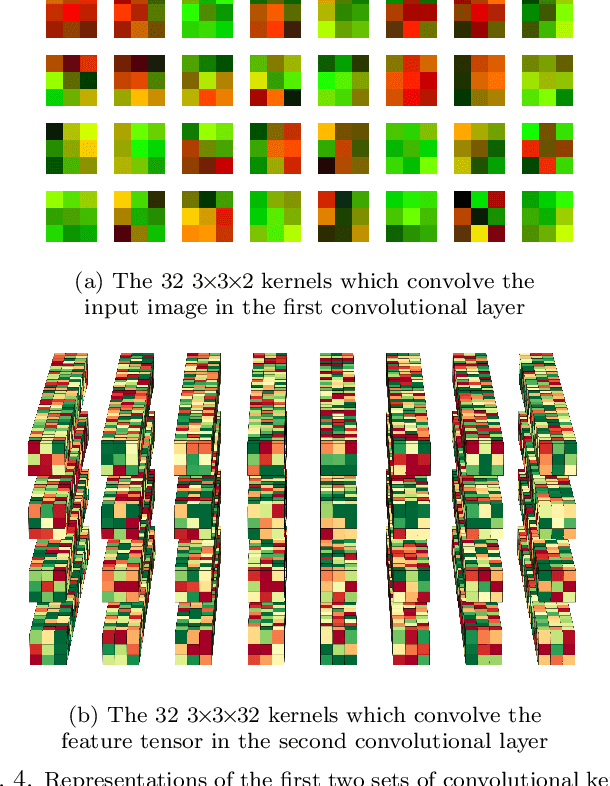Ezra Webb
Factorised Neural Relational Inference for Multi-Interaction Systems
May 21, 2019

Abstract:Many complex natural and cultural phenomena are well modelled by systems of simple interactions between particles. A number of architectures have been developed to articulate this kind of structure, both implicitly and explicitly. We consider an unsupervised explicit model, the NRI model, and make a series of representational adaptations and physically motivated changes. Most notably we factorise the inferred latent interaction graph into a multiplex graph, allowing each layer to encode for a different interaction-type. This fNRI model is smaller in size and significantly outperforms the original in both edge and trajectory prediction, establishing a new state-of-the-art. We also present a simplified variant of our model, which demonstrates the NRI's formulation as a variational auto-encoder is not necessary for good performance, and make an adaptation to the NRI's training routine, significantly improving its ability to model complex physical dynamical systems.
Exploring the Deep Feature Space of a Cell Classification Neural Network
Nov 15, 2018



Abstract:In this paper, we present contemporary techniques for visualising the feature space of a deep learning image classification neural network. These techniques are viewed in the context of a feed-forward network trained to classify low resolution fluorescence images of white blood cells captured using optofluidic imaging. The model has two output classes corresponding to two different cell types, which are often difficult to distinguish by eye. This paper has two major sections. The first looks to develop the information space presented by dimension reduction techniques, such as t-SNE, used to embed high-dimensional pre-softmax layer activations into a two-dimensional plane. The second section looks at feature visualisation by optimisation to generate feature images representing the learned features of the network. Using and developing these techniques we visualise class separation and structures within the dataset at various depths using clustering algorithms and feature images; track the development of feature complexity as we ascend the network; and begin to extract the features the network has learnt by modulating single-channel feature images with up-scaled neuron activation maps to distinguish their most salient parts.
 Add to Chrome
Add to Chrome Add to Firefox
Add to Firefox Add to Edge
Add to Edge